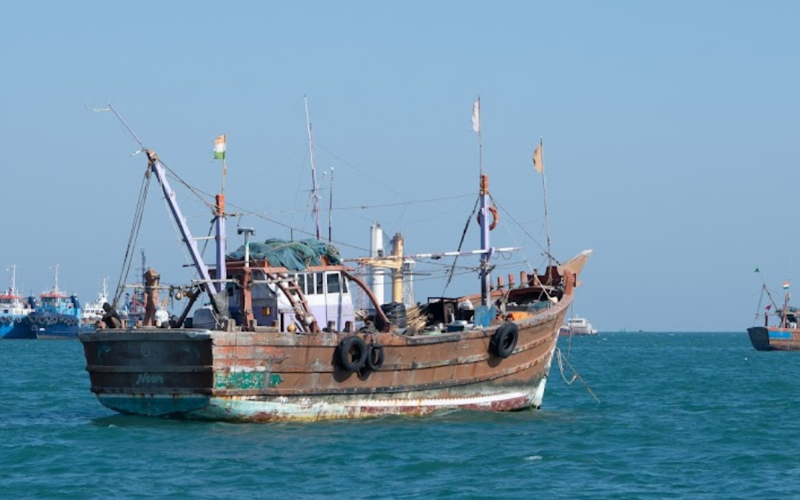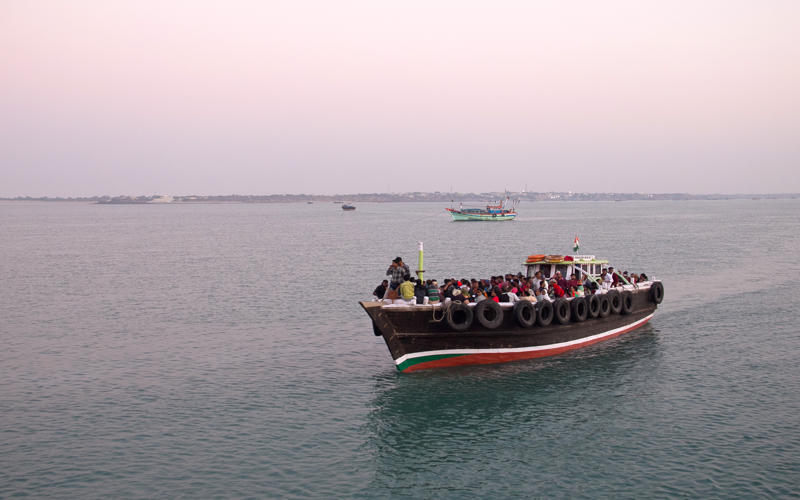Description
Situated around 30 km from the main town of Dwarka, Beyt Island (also called Bet Dwarka or Shankodhar) is a small island which was the main port in the region before the development of Okha. Located at the mouth of the Gulf of Kutch, the island is enclosed by a few temples, white sand beaches and coral reefs, which is the prime reason for the tourist activity in the region. Among the several activities available at the beach to engage the tourists, the most popular ones include dolphin spotting, marine excursions, beach camping and picnics etc.
Aside from the flourishing tourism industry, the island also holds a significant mythological and religious significance. It is believed to be the home of Lord Krishna when he was the king of Dwarka. It was here where Lord Krishna exchanged the bags of rice with his friend Sudama - as the story goes. Therefore, this place is also visited by several devotees for a pilgrimage as well.
A small island off the coast of Dwarka and accessed via Okha is home to the namesake temple, and supposedly the residence of Lord Krishna when he arrived here. The establishment of the temple is credited to Guru Vallabhacharya. Apart from the main temple, others in the complex commemorate Hanuman, Vishnu, Shiva, Lakshmi Narayan, Jambavati, Devi and others.
Bet Dwarka, also known as Shankhodhar, is said to have been the residence of Lord Krishna during his ruling years at Dwarka. It derived its name from the word ‘bet’ which translates to ‘gift’ and is believed that Lord Krishna received it from his friend Sudama. In the ancient epic, Mahabharata, Bet Dwarka is known by the name of ‘Antardvipa’ to which people of the Yadava clan needed to travel by boat. Explorations and excavations carried out under the sea have revealed the presence of settlements whose age can be traced back to the era of the Harappan civilisation and that of the Mauryan rule. In the later years, the region was under the administration of the Gaekwad clan of the state of Baroda. During the revolt of 1857, Vaghers attacked the region and captured it, but had to concede defeat in two years and return the region back to the Gaekwads.
The best time to visit is between November and February, and during Janmashtami which is celebrated with great fervour.


